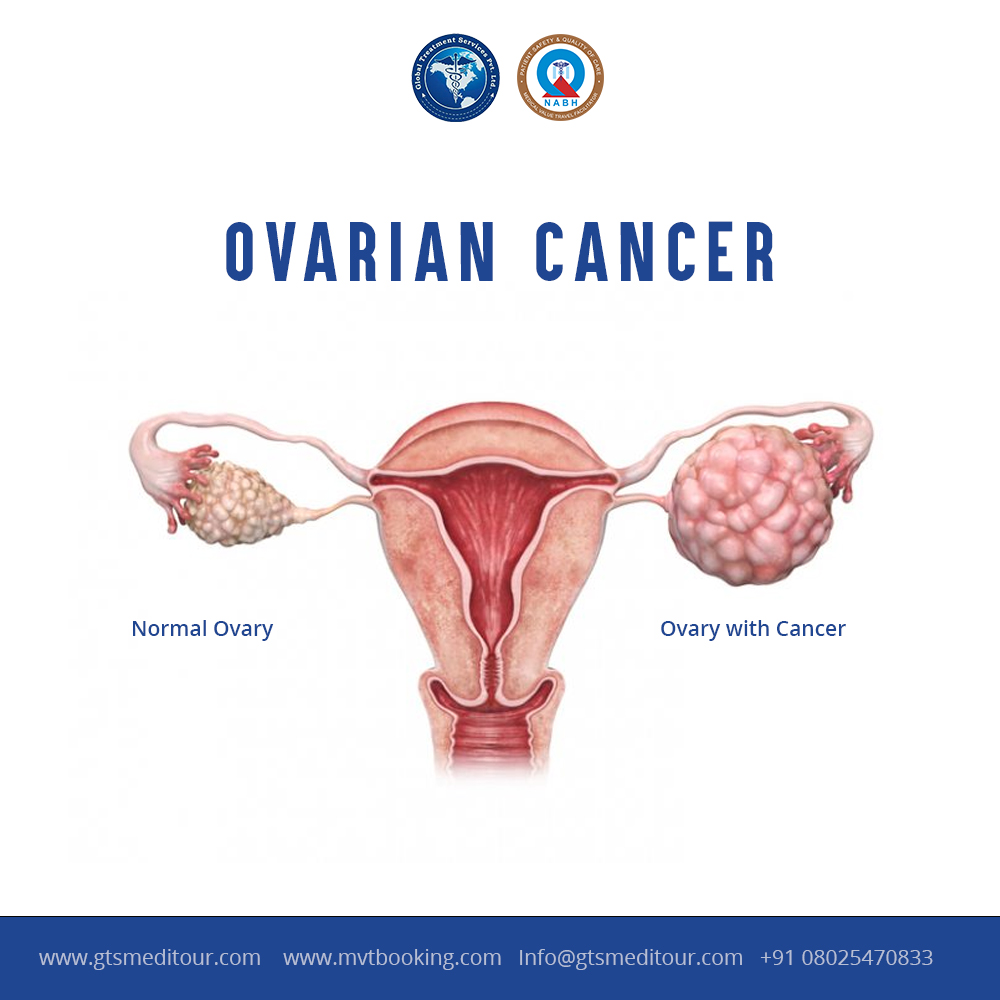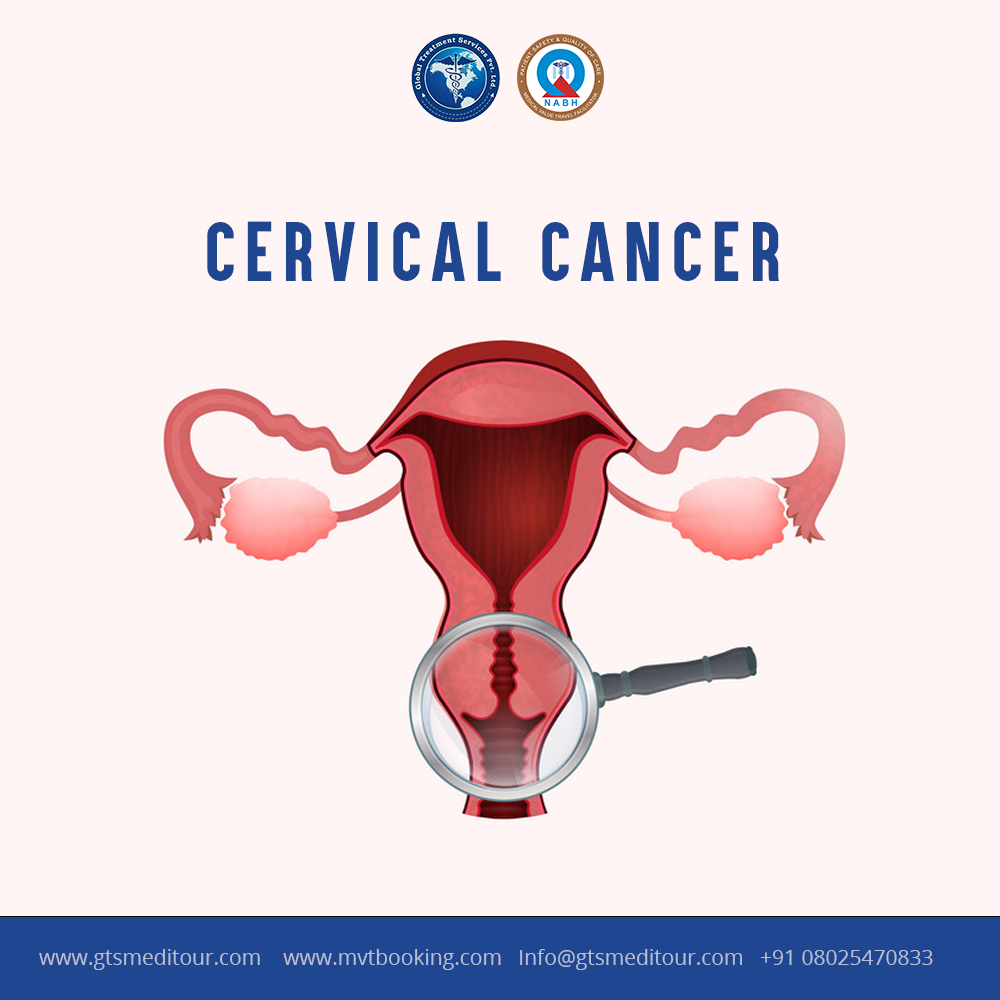
OVERVIEW
Introduction:
Polycystic ovary syndrome (PCOS) is a health problem that affects 1 in 10 women of childbearing age. Women with PCOS have a hormonal imbalance and metabolism problems that may affect their overall health and appearance. PCOS is also a common and treatable cause of infertility.
Polycystic ovary syndrome (PCOS), also known as polycystic ovarian syndrome, is a common health problem caused by an imbalance of reproductive hormones. The hormonal imbalance creates problems in the ovaries. The ovaries make the egg that is released each month as part of a healthy menstrual cycle. With PCOS, the egg may not develop as it should or it may not be released during ovulation as it should be.
How PCOS affects your body
Having higher-than-normal androgen levels can affect your fertility and other aspects of your health.
Infertility
To get pregnant, you have to ovulate. Women who don’t ovulate regularly don’t release as many eggs to be fertilized. PCOS is one of the leading causes of infertility in women (12).
Metabolic syndrome
Up to 80 percent of women with PCOS are overweight or obese (13Trusted Source). Both obesity and PCOS increase your risk for high blood sugar, high blood pressure, low HDL (“good”) cholesterol, and high LDL (“bad”) cholesterol.
Together, these factors are called metabolic syndrome, and they increase the risk for heart disease, diabetes, and stroke.
Sleep apnea
This condition causes repeated pauses in breathing during the night, which interrupt sleep.
Sleep apnea is more common in women who are overweight — especially if they also have PCOS. The risk for sleep apnea is 5 to 10 times higher in obese women with PCOS than in those without PCOS (14).
Endometrial cancer
During ovulation, the uterine lining sheds. If you don’t ovulate every month, the lining can build up.
A thickened uterine lining can increase your risk for endometrial cancer (15).
Depression
Both hormonal changes and symptoms like unwanted hair growth can negatively affect your emotions. Many with PCOS end up experiencing depression and anxiety
The 3 main causes of PCOS are:
- Irregular period– which means your ovaries do not regularly release eggs (ovulation)
- excess androgen – high levels of “male” hormones in your body, which may cause physical signs such as excess facial or body hair
- polycystic ovaries – your ovaries become enlarged and contain many fluid-filled sacs (follicles) that surround the eggs (but despite the name, you do not actually have cysts if you have PCOS)
If you have at least 2 of these features, you may be diagnosed with PCOS.
Few of the common of the symptoms of PCOS include:
They can include:
- irregular periods or no periods at all
- difficulty getting pregnant as a result of irregular ovulation or failure to ovulate
- excessive hair growth (hirsutism) – usually on the face, chest, back or buttocks
- weight gain
- thinning hair and hair loss from the head
- oily skin or acne
Causes of polycystic ovary syndrome (PCOS)?
The exact cause of PCOS is unknown, but it often runs in families.
It’s related to abnormal hormone levels in the body, including high levels of insulin.
Insulin is a hormone that controls sugar levels in the body.Many women with PCOS are resistant to the action of insulin in their body and produce higher levels of insulin to overcome this.This contributes to the increased production and activity of hormones like testosterone.Being overweight or obese also increases the amount of insulin your body produces.
Diagnosis criteria
A diagnosis of PCOS can usually be made if other rare causes of the same symptoms have been ruled out and you meet at least 2 of the following 3 criteria:
you have irregular periods or infrequent periods – this indicates that your ovaries do not regularly release eggs (ovulate)
blood tests showing you have high levels of “male hormones”, such as testosterone (or sometimes just the signs of excess male hormones, even if the blood test is normal)
scans showing you have polycystic ovaries
As only 2 of these need to be present to diagnose PCOS, you will not necessarily need to have an ultrasound scan before the condition can be confirmed.
Managing PCOS
Polycystic ovary syndrome (PCOS) cannot be cured, but the symptoms can be managed.
Treatment options can vary because someone with PCOS may experience a range of symptoms, or just 1.
The main treatment options are discussed in more detail below.
Lifestyle changes
In overweight women, the symptoms and overall risk of developing long-term health problems from PCOS can be greatly improved by losing excess weight.
Weight loss of just 5% can lead to a significant improvement in PCOS.
You can find out whether you’re a healthy weight by calculating your body mass index (BMI), which is a measurement of your weight in relation to your height.
A normal BMI is between 18.5 and 24.9. Use the BMI healthy weight calculator to work out whether your BMI is in the healthy range.
You can lose weight by exercising regularly and eating a healthy, balanced diet.
Your diet should include plenty of fruit and vegetables, (at least 5 portions a day), whole foods (such as wholemeal bread, wholegrain cereals and brown rice), lean meats, fish and chicken.
Your GP may be able to refer you to a dietitian if you need specific dietary advice.
Read more about losing weight, healthy eating and exercise.
Medications
A number of medications are available to treat different symptoms associated with PCOS.
These are described below.
Irregular or absent periods
The contraceptive pills may be recommended to induce regular periods, or periods may be induced using an intermittent course of progestogen tablets
Fertility problems
With treatment, most women with PCOS are able to get pregnant.
The majority of women can be successfully treated with a short course of tablets taken at the beginning of each cycle for several cycles.
If these are not successful, you may be offered injections or IVF treatment. There’s an increased risk of a multiple pregnancy (rarely more than twins) with these treatments.
Unwanted hair growth and hair loss
Medications to control excessive hair growth (hirsutism) and hair loss (alopecia).
These medications work by blocking the effects of “male hormones”, such as testosterone, and some also suppress production of these hormones by the ovaries.
Surgery
A minor surgical procedure called laparoscopic ovarian drilling (LOD) may be a treatment option for fertility problems associated with PCOS that do not respond to medication.
Pregnancy risks
If you have PCOS, you have a higher risk of pregnancy complications, such as high blood pressure (hypertension), pre-eclampsia, gestational diabetes and miscarriage.
These risks are particularly high if you’re obese. If you’re overweight or obese, you can lower your risk by losing weight before trying for a baby.
Take away:
PCOS can disrupt a woman’s menstrual cycles and make it harder to get pregnant. High levels of male hormones also lead to unwanted symptoms like hair growth on the face and body.
Lifestyle interventions are the first treatments doctors recommend for PCOS, and they often work well. Weight loss can treat PCOS symptoms and improve the odds of getting pregnant. Diet and aerobic exercise are two effective ways to lose weight.
Medicines are an option if lifestyle changes don’t work. Birth control pills and metformin can both restore more normal menstrual cycles and relieve PCOS symptoms.
further any query relevant please email us on query@gtsmeditour.com & get opinion from best multi specialty hospitals.
Suggested Reading: ovarian cancer | cervical cancer


